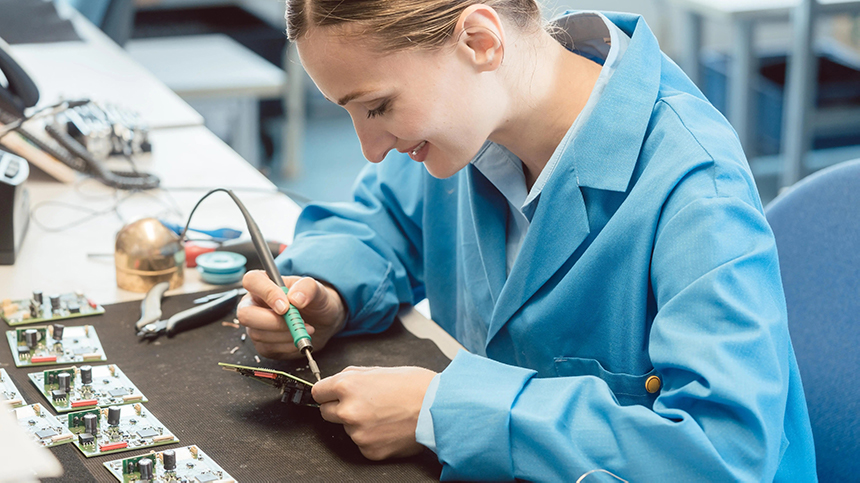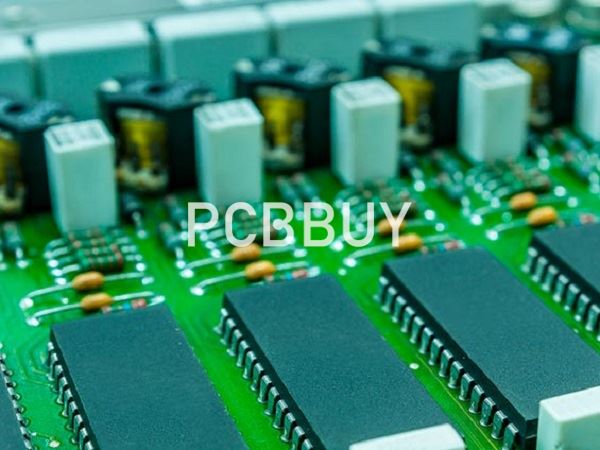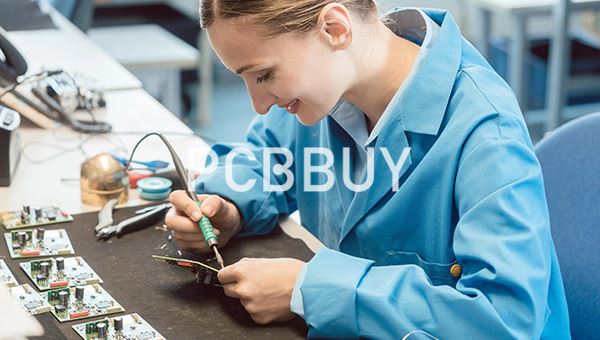How Does Intellectual Property Work in PCB Manufacturing?
By:PCBBUY 03/09/2022 10:08

Your substrate selection is no longer limited to FR4, but you should not make the decision of PCB laminate selection lightly. You should first understand how different material properties affect your PCB and choose a laminate that satisfies your operational requirements accordingly. Don’t just listen to marketing speak from laminate manufacturers; take time to understand each of the substrate material properties and how they affect your PCB quote.
If you are searching for more information about intellectual property in PCB manufacturing, please check and read the content below in this passage.

What are methods of protecting PCB intellectual property?
The design of a printed circuit board involves the use of different types of data, and intellectual property can be found in the following:
Schematics: Often transmitted in a PDF format, schematic designs usually contain component types and values and connectivity information.
Netlists: These text files will detail all of the connectivity of the board.
Bill of materials (BOM): These files will list all of the parts used in the design along with their reference designators, values, and part numbers.
Component symbols: These files can either be separate or embedded within the design database. Although most symbol information can be easily accessed from part vendors and other sources, some application-specific parts could yield proprietary data.
Constraints and stackup information: This data contains high-speed design information, such as the configuration of the PCB layers used in reverse engineering a design.
To keep this sensitive data secure, you either need to control how the information is sent out or remove the ability for thieves to access it:
Controlling data by putting security practices in place
From advanced tools and networking architectures to robust processes and procedures, you can add a lot of security to how you transmit your sensitive data. You will also want to make sure that your employees are fully trained on the processes you put into place. The world’s best security won’t help if someone sends some design data that is not adequately protected.
How additive manufacturing PCB intellectual property?
The risks involved in sending a PCB design to an overseas manufacturer as well as the risk of outsourcing on-shore, are best overcome by keeping manufacturing capabilities in-house. Rather than creating an entire traditional PCB manufacturing and assembly line, electronics companies can use additive manufacturing systems to produce quick-turn prototypes and finished products entirely in-house. This can be done with a lower cost per board and reduced fabrication time compared to traditional prototyping processes.

As new manufacturing methodologies like lights out manufacturing increase in popularity, designers and IT managers need to take greater control over access and administration of the manufacturing process. Additive manufacturing systems represent a continued advance in automation and will inevitably be integrated into fully connected factories under the IPC-CFX standards.
This level of integration requires careful segmentation and administration of manufacturing assets throughout the network in a facility. Bringing these capabilities in-house allows IT managers to take complete control over access to sensitive design information and access to these systems. Contrast this with the typical situation involving an overseas manufacturer, where a company has no control over access to sensitive design data.
As additive manufacturing systems become more ubiquitous and their capabilities broaden, more industries will be adopting these systems and processes to complement or replace their existing traditional processes. Designers and engineers will be able to work with these systems directly, eliminating confusion and ambiguity that can arise when working with an overseas manufacturer. Using an in-house additive manufacturing system can also improve security companies’ research productivity due to the flexibility it provides.
Industry Category











